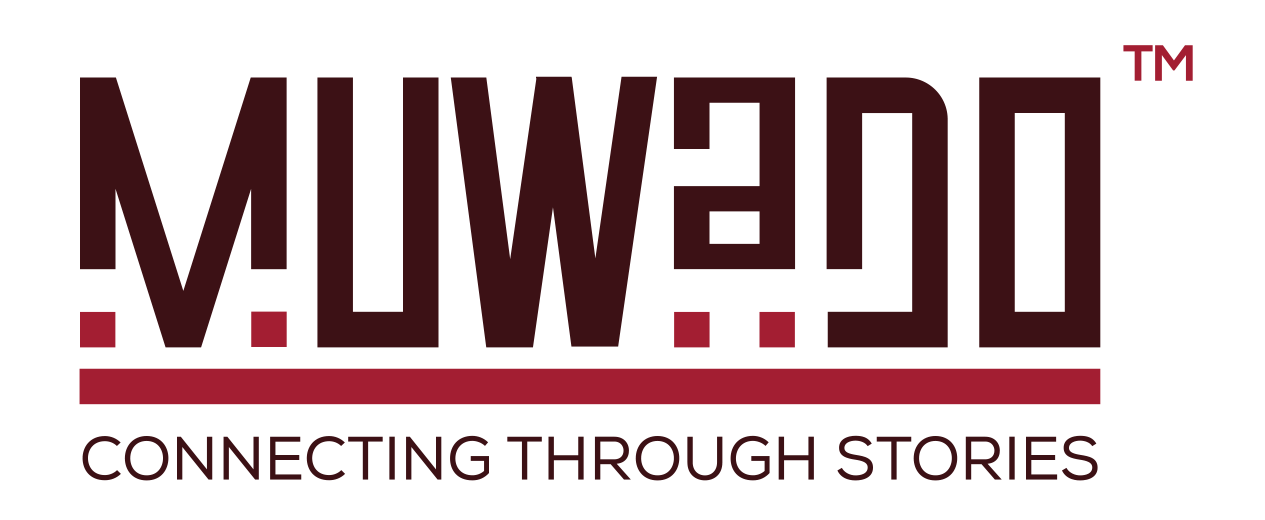This month, I joined the Centre for Design, Innovation, and Translational Excellence (CITE) at Makerere University for a medical device innovators forum. The workshop, held on 10 June 2025 at Hotel Africana in Kampala, brought together medical device innovators, regulators, clinicians, local manufacturers, and clinical trialists to discuss how to advance medical device innovation in Uganda.
Discussions ranged from conducting clinical trials for medical devices to building local manufacturing capacity, and fostering partnerships to support the translation of locally developed medical devices.
For this newsletter, I’ll focus on the presentation by the National Drug Authority (NDA) regarding the regulatory landscape for medical devices in Uganda.
Regulatory Framework
The key statutory instrument used by the NDA to regulate medical devices is the National Drug Policy & Authority Act Cap 206, which in turn empowers the Minister of Health to issue statutory instruments to regulate, restrict, or prohibit the importation, sale, or advertisement of surgical instruments and appliances. In 2020, the Minister issued the ministerial policy directive (Ref: ADM.140/323/01) on the regulation of public health chemicals and medical devices, extending the NDA’s mandate to regulate the manufacture, import, export, and supply of medical devices.
Before 2020, existing regulatory instruments included the Statutory Instrument No. 77 of 2019 (Regulation of Surgical Instruments and Appliances) and the Statutory Instrument No. 29 of 2014 (Registration of Surgical Instruments and Appliances). The NDA has since developed Guidelines on Registration of Surgical Instruments and Appliances and Guidelines on good manufacturing practice for surgical instruments and appliances. In March and October 2024, it issued two circulars informing stakeholders about:
- Mandatory post-shipment testing of selected medical devices and pharmaceuticals.
- Mandatory registration of surgical instruments, with a compliance deadline of 20 February 2026, after which the importation of unregistered instruments will no longer be permitted.
Areas of Regulation
To ensure the safety and efficacy of medical devices in Uganda, the NDA applies several regulatory mechanisms, including:
- Registration
- Licensing of premises
- Good Manufacturing Practice (GMP) inspections
- Import verification
- Post-market surveillance (monitoring and compliance)
- Vigilance
- Clinical trials/investigations
- Control of advertising
- Laboratory testing
Medical Device Classification
The NDA uses a risk-based approach; a 19-rule system to classify medical devices. Factors considered include intended use, duration of use, degree of invasiveness, probability and severity of harm, and whether or not the device uses an active energy source. Devices are categorized into Classes A to D, where Class A represents extremely low-risk and Class D the highest risk.
Innovators can readily contact the NDA at [email protected] for assistance with device classification.
Requirements for Registration
For Class A Medical Devices, the following are required:
- Completed application form (Appendix I)
- Letter of authorisation for the Local Technical Representative (LTR)
- Device details
- Instructions for Use (IFU), patient information leaflet, and promotional materials (e.g., brochures, catalogues)
- Labeling information
- Sterilisation method(s) and validation standards used (if applicable)
- Proof of Quality Management System (e.g., ISO 13485 certificate)
- Two physical product samples
For Classes B, C, and D, additional requirements include:
- Summary of technical documentation
- Evidence of conformity to Essential Principles (Appendix II of the guidelines)
- Certification for measuring functions (metrology)
- Sterility validation reports for sterile devices
- Electrical safety certification (IEC 60601) for medical electrical equipment
All manufacturers must also apply for GMP/ISO 13485 compliance inspection.
The NDA is currently rolling out an Integrated Regulatory Information Management System that will allow stakeholders to apply for product registration, GMP inspections, import permits, and premises licenses.
Final Thoughts
Despite significant progress, challenges remain in Uganda’s medical device regulatory environment. The current law does not grant the NDA full authority to regulate all medical devices—some fall under the Uganda National Bureau of Standards. This regulatory overlap can delay patient access to critical devices and deter investment. The proposed National Drug and Health Products Act of 2024 aims to address this by granting the NDA full regulatory authority over all medical devices. I’ll be sure to report back when this Act takes effect.
I’d like to acknowledge and thank Rachel Mujawimana from the NDA for her insightful presentation during the workshop.
If you have questions or need support in bringing your medical devices to the Ugandan market, feel free to contact me at [email protected].
Additional Reading:
- Navigating Uganda’s Medical Device Regulations: Progress, Challenges, and the Path Forward
- What is Happening with Medical Device Regulation in Uganda?
- Medical Device Regulation: Key Lessons from a MDRC Workshop
This post was created with our nice and easy submission form. Create your post!






